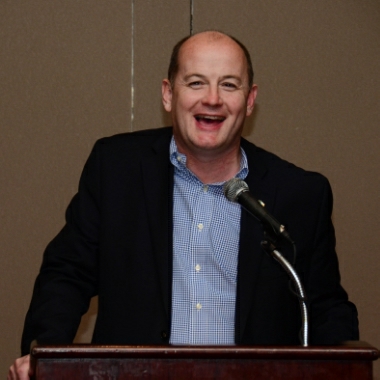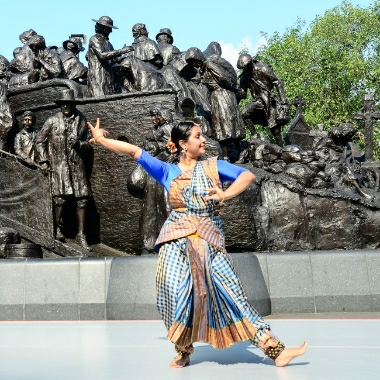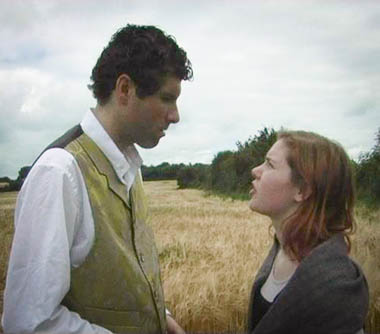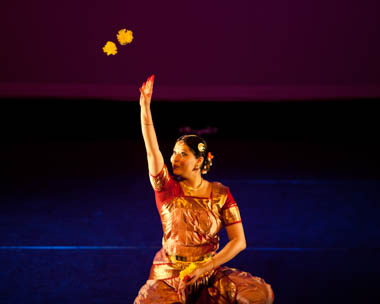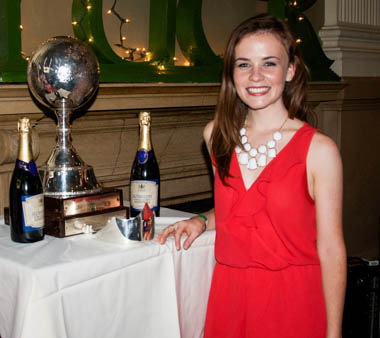The Irish government’s departing vice consul Peter Ryan said he once made a speech to a group of Penn State students at 3 AM at a Penn State frat party. It consisted of two words: “Diplomatic immunity.”
There was some confusion as to how he got to that frat party—Philly St. Patrick’s Day Parade Director, Michael Bradley, claimed that Ryan, whom he took to Penn State for a visit, asked to go. Ryan claimed Bradley just dragged him there.
That was generally the tenor of the evening—Thursday at the Union League—as representatives from all the major Irish organizations in the Philadelphia area, as well as two city councilman, met to say goodbye to Ryan, a popular figure in Philadelphia, who is leaving to become the Irish Ambassador to Hong Kong. They did a little roasting too.
The crowd of more than 100 people was also introduced to the new vice consul, Anna McGillicuddy, a Dublin native (with Kerry roots) whose previous posts were in London and Vienna. A mother of two young children, ages 3 and 10 months, McGillicuddy was an All-Ireland medal winner in Gaelic football—a fact not lost on the 20-some local representatives of Gaelic sports who attended the reception.
McGillicuddy says that the first thing her predecessor told her was that she had to come to Philadelphia—and it was one of the first things she did since she and her family arrived in the US a week or so ago. She and Ryan were feted at a reception at The Irish Center earlier in the day where, she said, “I was told I have deep roots in Philadelphia—Connie Mack. I don’t think we’re related, but there aren’t a lot of McGillicuddys.”
For the uninitiated: Cornelius McGillicuddy, known as Connie Mack, was a baseball player and team manager and owner—he managed the Philadelphia Athletics for the club’s first 50 seasons, starting in 1901. Mack, who retired at age 87, was the first manager to win the World Series three times. A stadium named for him at 21st and Lehigh was home to the As and later the Phillies. A church now sits on the site.
Anna McGillicuddy vowed to be as much a presence in the city as Ryan was. “She now knows it’s an hour-and-eight-minute-ride on the Acela,” from New York, where the consulate is located, Ryan joked.
Ryan said that he was touched to be given, earlier in the day, an American flag that had flown over the White House. He said he was taking it to Hong Kong with him. “It will be the first [Irish] consulate to have the US flag flying outside,” he told the crowd.
See our photos from the Union League event here.

